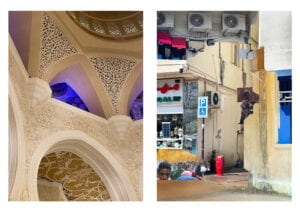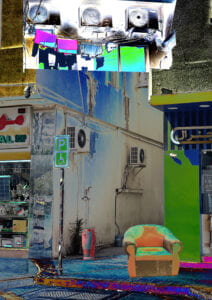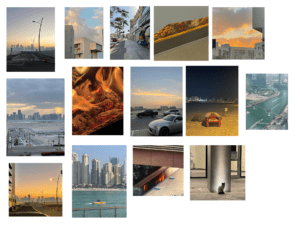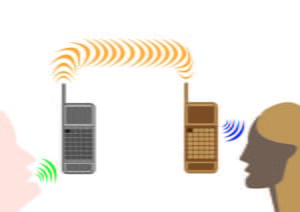What are the precise rules of each of the obstructions?
- to remake the film in Cuba with no set, and with shots lasting no longer than twelve frames. he must answer the questions posed in the original film.
- to remake the film in the worst place in the world but not show that place on the screen. also, Leth must play the role of “the man”. the meal must be included, but the woman should not be included.
- to repeat #2 in Mumbai or to remake it in any other way.
- to remake as a cartoon.
- to remake the film so that the film is made by von Trier himself, however, carries Leth’s name as a director. moreover, Leth must read, in his own name, the voice-over that von Trier wrote.
How does Jorgen cope with the obstructions?
Jorgen effectively completes all the challenges, except for #2: he misunderstood the prompt and had to redo/replace it as the #3 task. i believe his approach is rather intriguing, experimental, and interesting. he manages to align with all the requirements, along with embodying something new and refreshing.
What is the effect on the movies he produces?
i believe that all of the movies have a common subject: the “perfect human”, who inevitably appears profoundly boring and uninteresting as he has no imperfections. all movies have pretty much the same idea and plot (as intended) and they all isolate the viewer into this “perfect”, boundless, and idle reality that indeed highlights how our dynamic, sometimes chaotic even, the imperfect reality is what essentially makes us perfectly human.
Other thoughts cross your mind while watching.
i would always think about how much time each movie took. how much production/idea development did it require him to come up with these. moreover, i was wondering if the challenges imposed by von Trier were somehow connected with certain ideas or were they mere prompts that he randomly assigned. were they related to something greater than a set of tasks? i am, myself, still trying to connect the dots regarding these thoughts, planning to read about this movie a bit more, so that i could answer these questions.




